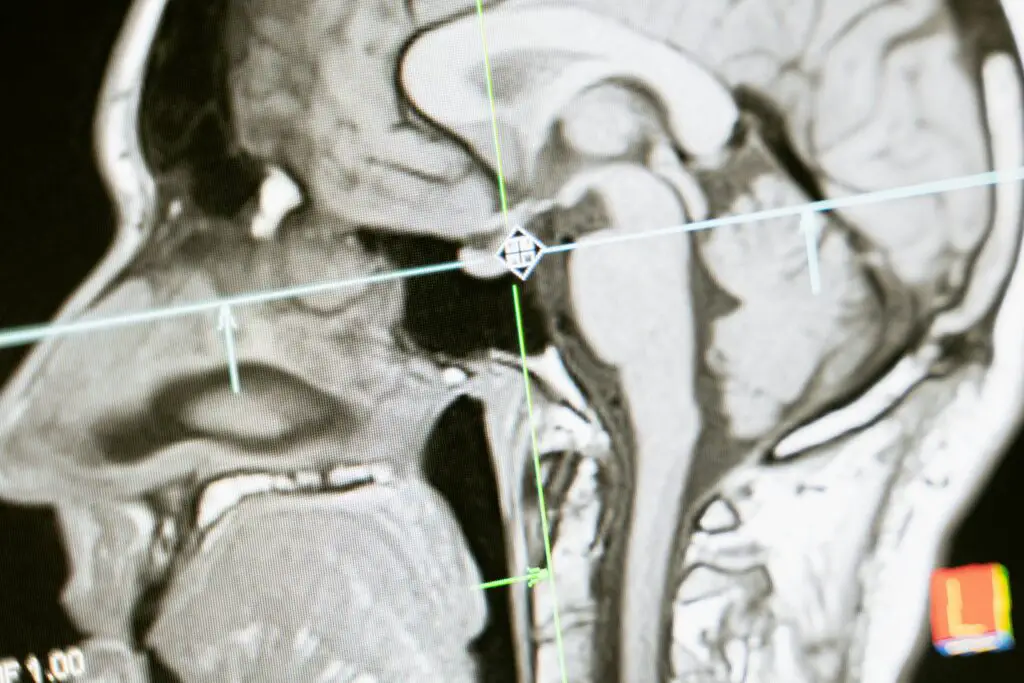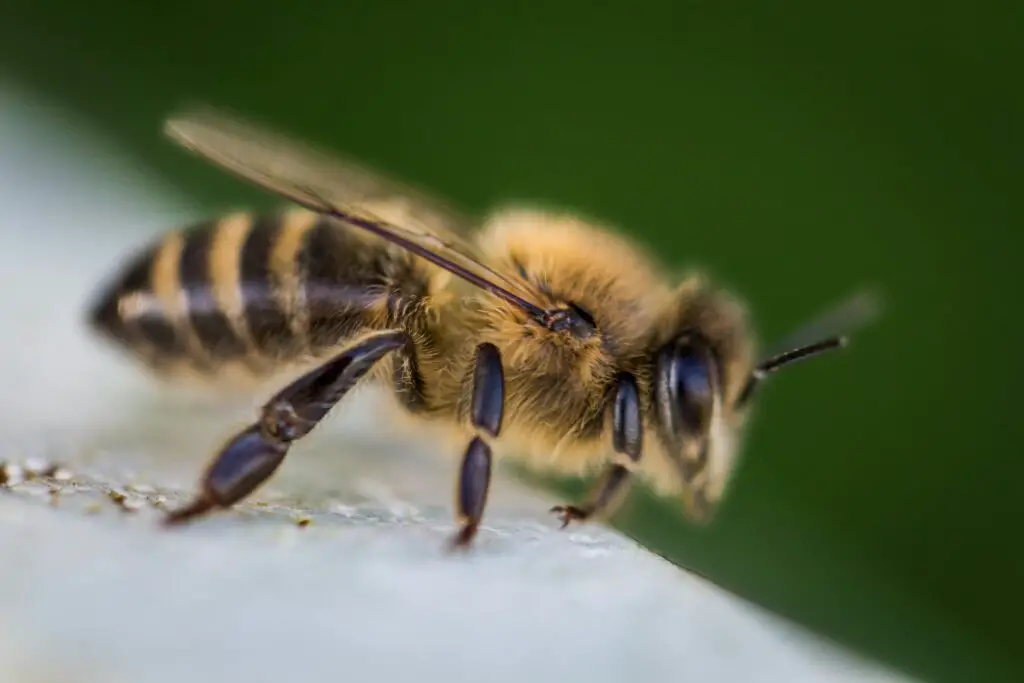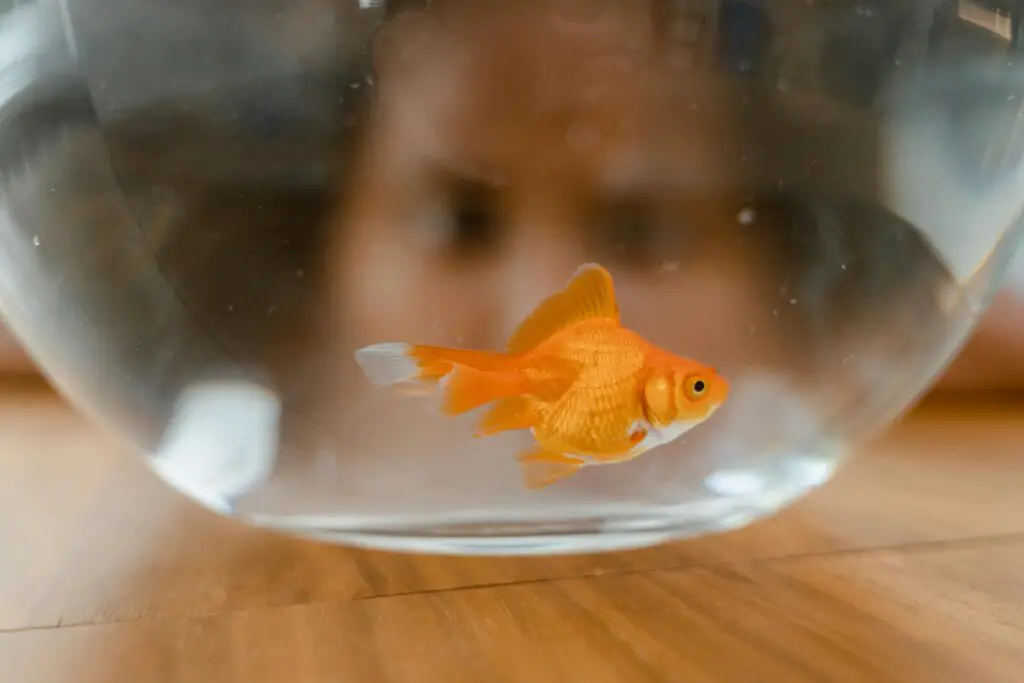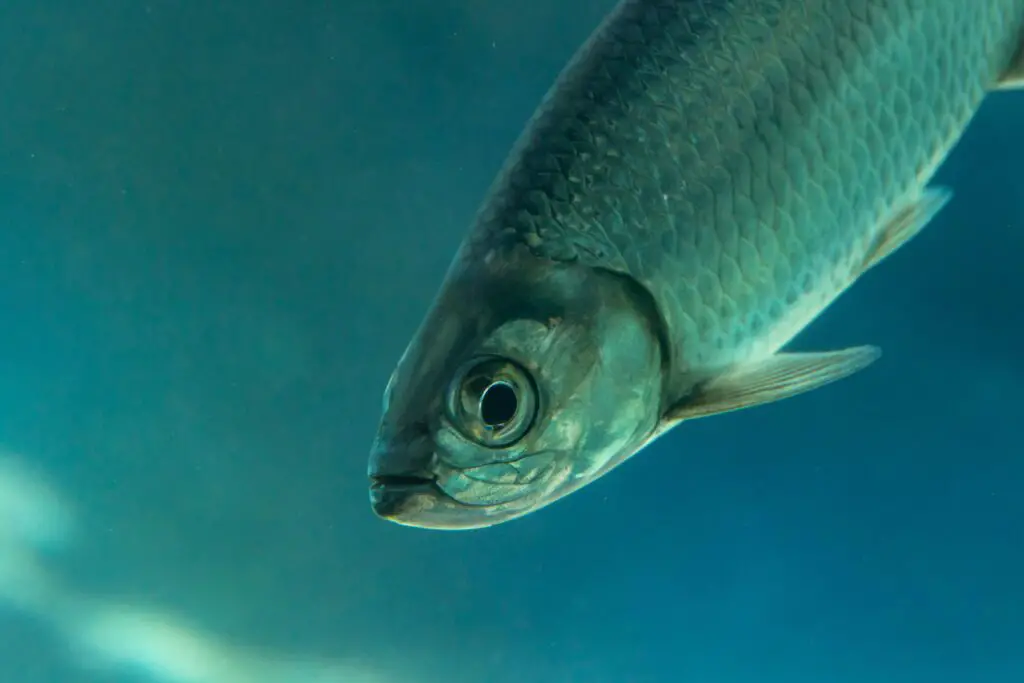Scientific research often delves into unexpected and whimsical areas, leading to projects that range from the amusing to the perplexing. Funding bodies sometimes support these unconventional studies, resulting in findings that both entertain and challenge our understanding. In this article, we’ll explore some of the most eyebrow-raising examples of research that secured real grants.
1. Shrimp Treadmills

Researchers investigated shrimp endurance and physiology by having them walk on tiny underwater treadmills. While this study was mocked in political debates, it provided valuable insights into how environmental factors affect marine life. The research aimed to understand the impact of water quality changes on shrimp performance, which is crucial for aquaculture and conservation efforts. (npr.org)
2. The Emotional States of Chickens

Researchers investigated whether chickens experience empathy and emotional contagion. The study aimed to improve animal welfare practices by understanding how hens respond to their chicks’ distress. Findings indicated that hens exhibit physiological and behavioral changes when their chicks are mildly distressed, suggesting a capacity for empathy. This research has important implications for the welfare of farm and laboratory animals. (royalsociety.org)
3. The Physics of Ketchup Flow

A study explored why ketchup is hard to pour and how it behaves as a non-Newtonian fluid. Insights helped design better packaging and clarified complex fluid dynamics. Researchers found that ketchup’s viscosity decreases under stress, making it flow more easily when the bottle is tapped or squeezed. This understanding has led to innovations like the upside-down bottle design. (futurity.org)
4. Why Ducklings Swim in a Row

Scientists investigated why ducklings swim in a line behind their mother, discovering that this formation allows them to save energy by riding the waves generated by the mother’s movement. This phenomenon, termed “wave riding,” enables ducklings to be propelled forward with less effort. The study also found that this energy-saving behavior could have applications in designing more fuel-efficient freight vessels. (phys.org)
5. The Effect of Music on Cheese Flavor

Swiss researchers exposed cheese wheels to different music genres to see if sound vibrations altered taste or aroma. Hip-hop cheese was reportedly ‘fruitier’. Study highlighted sensory science and novel food experiments. (smithsonianmag.com)
6. Birdwatchers’ Brainwaves

A study examined the brain activity of expert birdwatchers to understand how specialized knowledge influences perception. Findings revealed that these individuals possess enhanced memory and pattern recognition abilities, attributed to their deep understanding of avian species. This research sheds light on the cognitive benefits of expertise and its impact on neural processing. (sciencedaily.com)
7. Zombies in Disaster Preparedness

The Centers for Disease Control and Prevention (CDC) launched a “Zombie Preparedness” campaign to engage the public in emergency preparedness. By using a humorous zombie apocalypse scenario, the campaign aimed to make disaster readiness more relatable and appealing. This innovative approach successfully attracted a wide audience and increased awareness about the importance of being prepared for various emergencies. (snopes.com)
8. The Yawn Contagion

Researchers investigated why yawning is contagious by studying humans and animals, aiming to understand its connection to empathy, social bonding, and neurological responses. Findings suggest that observing someone yawn activates brain regions associated with empathy and social connection, leading to a mirrored response. This phenomenon underscores the complex interplay between social behavior and neural mechanisms. (scientificamerican.com)
9. The Pain of Repeated Bee Stings

Entomologist Justin Schmidt conducted a study to measure the pain of honey bee stings across different body parts. He rated the pain on a scale from 1 to 10, with the nostril being the most painful at 9.0, followed by the upper lip at 8.7, and the penis shaft at 7.3. This research provided valuable insights into pain perception and the variability of sting pain across the human body. (ncbi.nlm.nih.gov)
10. Parachuting Cats in Borneo

In the 1950s, the British Royal Air Force parachuted cats into Borneo to combat a rat infestation. This unusual measure was a response to unintended ecological consequences of malaria control efforts, where DDT use had inadvertently reduced the local cat population, leading to a surge in rats. The parachuted cats helped restore balance by controlling the rat population. (en.wikipedia.org/wiki/Operation_Cat_Drop)
11. Do Dogs Understand Inequality?

Austrian researchers tested dogs’ sensitivity to fairness by having them perform a task alongside another dog. When one received a reward and the other did not, the unrewarded dog became agitated and eventually refused to participate. This behavior indicates that dogs possess a basic sense of fairness, reacting negatively to unequal treatment. (science.org)
12. Fish and Human Faces

Researchers trained archerfish to recognize human faces by rewarding them for spitting water at specific images displayed above their aquariums. The fish achieved an accuracy rate of 81% to 86% in identifying the learned face among up to 44 new faces, demonstrating impressive visual discrimination abilities. (news.uq.edu.au)
13. The Flatulence of Herring

Scientists discovered that herring communicate by expelling gas from their anuses—literally talking through their ‘farts.’ This quirky project revealed unexpected aspects of aquatic animal communication. (science.org)
14. Why Hair Turns Grey

An NIH-funded study used mice to track how stress triggers grey hair at the cellular level. The research connected stress to the loss of pigment-producing cells, debunking myths and leading to broader insights. (pubmed.ncbi.nlm.nih.gov)
15. Bizarre Bathtub Dynamics

A study on fluid dynamics investigated why bathwater spirals down the drain differently in each hemisphere. The research dispelled myths about the Coriolis effect in household plumbing, revealing that the direction of draining water is primarily influenced by factors such as the shape of the drain and the initial motion of the water, rather than Earth’s rotation. (scientificamerican.com)
Conclusion

These unconventional studies underscore the unpredictable nature of scientific inquiry, where even the most peculiar ideas can lead to valuable insights, inspire public interest, and yield practical applications. They highlight the importance of curiosity-driven research in expanding our understanding of the world and improving various aspects of our lives.
.article-content-img img { width: 100% }



Vielleicht interessiert es Sie:
Wussten Sie! Minensuchratten auf dem Schlachtfeld und sie sind super effektiv!
Wie viele Giraffenarten gibt es? Leben sie alle in Afrika?
Der Vogel ist das Weibchen der Vögel: wahr oder falsch?
Warum bauen Biber Dämme? Welchen Nutzen?
Warum leben manche Tiere nachtaktiv? Welche Vorteile?
Küssen Tiere? Ist das die gleiche Bedeutung wie Menschen?
200+ Hilarious Seahorse Jokes That Will Make You Smile and Giggle
200+ Funny Investment Jokes to Boost Your Financial Humor Game